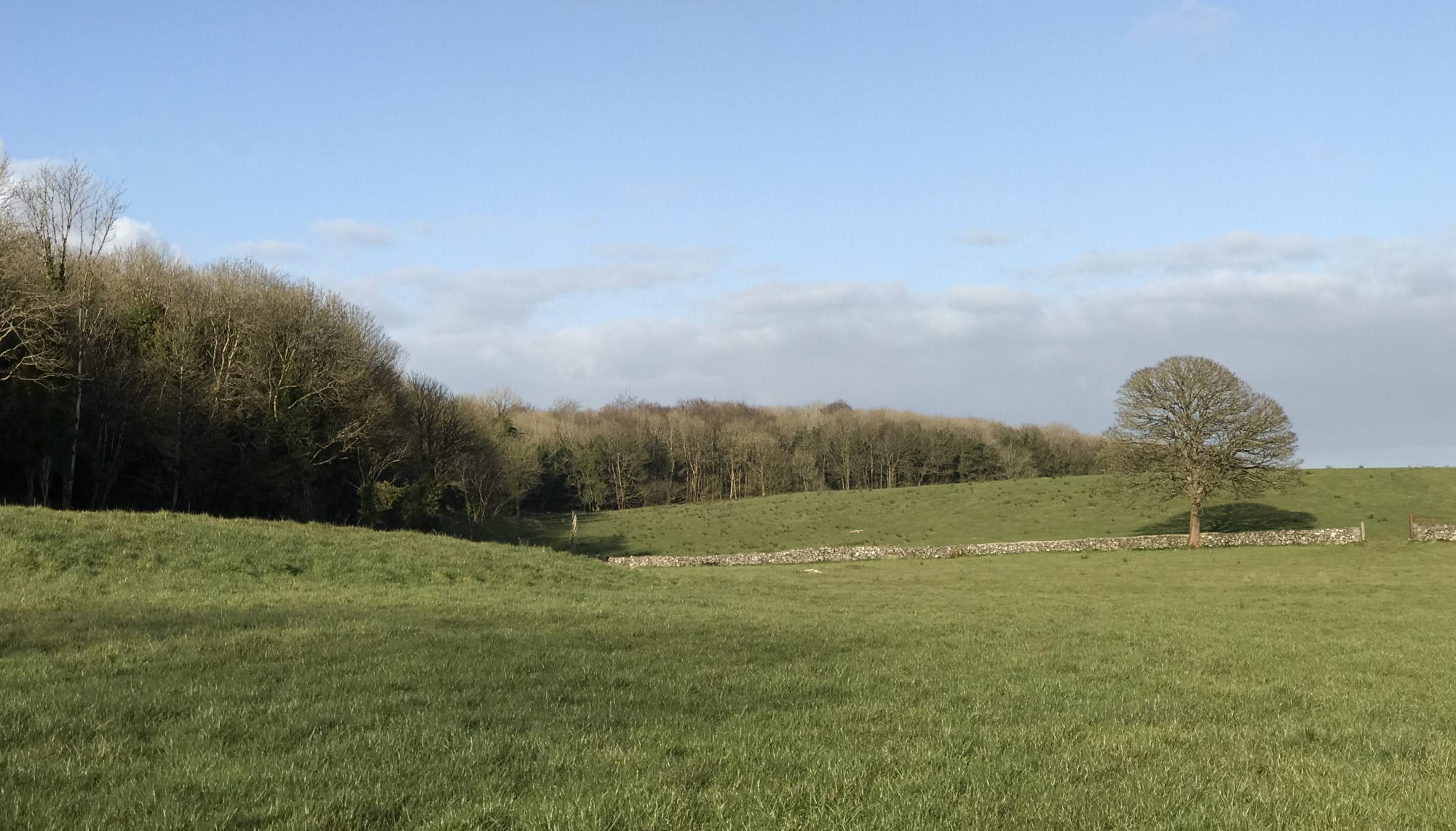 The ability of forests to combat climate change may be the most cost-effective way in the short term to close the emissions gap towards meeting the Paris Agreement’s target of limiting global temperature rise to 2 °C and ideally to 1.5 °C. According to the UN Environment’s Emissions Gap Report 2017, current emissions reduction pledges from countries only equate to approximately half of what is required to avoid a 2˚C temperature rise, and only one third of what’s required to limit warming to 1.5˚C.
The ability of forests to combat climate change may be the most cost-effective way in the short term to close the emissions gap towards meeting the Paris Agreement’s target of limiting global temperature rise to 2 °C and ideally to 1.5 °C. According to the UN Environment’s Emissions Gap Report 2017, current emissions reduction pledges from countries only equate to approximately half of what is required to avoid a 2˚C temperature rise, and only one third of what’s required to limit warming to 1.5˚C.
The report highlights that limiting deforestation and improving forest management are key to reducing current emissions and avoid future emissions. These practices as well as afforestation—planting new forests on lands that historically have not contained forests—provide mitigation through carbon dioxide (CO2) removal from the atmosphere and can be implemented at relatively low cost.

The impact: the UNFCCC Lima Hub indicates that in the last six years, 6.3 gigatons of carbon dioxide emission reductions have been reported from forests in Brazil, Ecuador, Malaysia and Colombia. I’ve always enjoyed these trees outside of my office window and now have a greater appreciation for how they help the planet!
